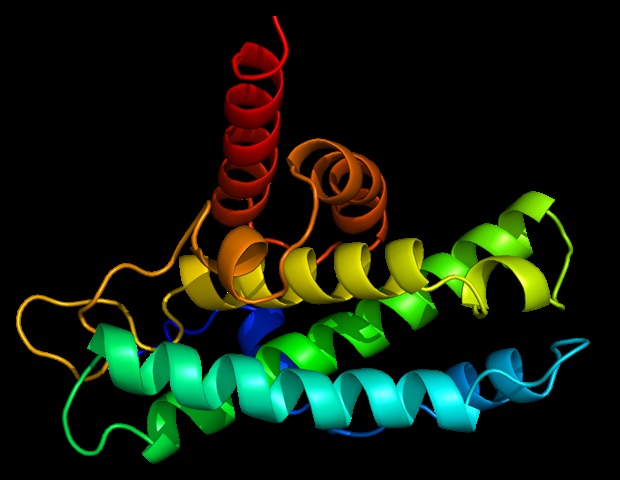Adenosine deaminase 2 (ADA2) has been identified as a regulator of toll-like receptor 9 (TLR9) activation in response to nucleic acids, according to a recent study. ADA2, previously known for its role in catalyzing the deamination of adenosine to inosine, is revealed to function as an intracellular DNA-binding protein that controls TLR9 activation in plasmacytoid dendritic cells (pDCs). This discovery provides insights into the functional differences among three classes of CpG oligodeoxynucleotides (ODNs) and suggests potential therapeutic strategies for modulating immune responses to infections and cancer.
ADA2, a secreted protein with lower catalytic activity than ADA1, is highly expressed in monocytes, myeloid, and pDCs, and its concentrations increase in biological fluids upon immune cell activation. ADA2 deficiency (DADA2) is associated with systemic inflammation, vasculitis, early-onset stroke, cytopenia, and immunodeficiency, characterized by increased levels of TNF-α and type 1 interferon in patient plasma. The study suggests that extracellular ADA2 regulates myeloid cell polarization, TNF-α secretion, neutrophil activation, and IFN-β secretion by epithelial cells. The intracellular role of ADA2 in TLR9 activation was investigated, as TLR9 is a key receptor activated by dsDNA in response to infections and autoimmune diseases. The study found that ADA2 competes with TLR9 for binding to ssDNA, modulating the immune response.
The research used a variety of methods, including cell isolation and culture, knock-down of ADA2 expression with siRNA, immunostaining, and confocal microscopy, to demonstrate that ADA2 binds to dsDNA and ssDNA, and that this binding is independent of ADA2’s catalytic activity. The study also showed that ADA2 binds to ODNs in the lysosomes of macrophages, suggesting an intracellular role in regulating TLR9 activation. Functional analyses revealed that the knockdown of ADA2 expression or blocking ADA2 binding to ODNs activates TLR9, promoting IFN-α secretion from pDCs.
The findings have significant implications for understanding the role of ADA2 in immune cell function and the development of targeted therapies. By competing with TLR9 for binding to CpG ODNs, ADA2 regulates the secretion of IFN-α and proinflammatory cytokines, influencing responses to viral infections and cancer. The study proposes that ADA2’s regulation of TLR9 activation in pDCs could explain the functional differences among the three classes of CpG ODNs and suggests that synergistic activation of TLR9 with RNA and CpG ODNs, along with blocking ADA2, could offer novel therapeutic strategies for inducing IFN-α secretion and modulating immune responses. This research sheds light on the complex interactions between nucleic acid sensors and enzymes in immune cells and paves the way for more precise immune therapies.
Source:
Journal reference:
Dong, L., et al. (2024). Adenosine deaminase 2 regulates the activation of the toll-like receptor 9 in response to nucleic acids. Frontiers of Medicine. doi.org/10.1007/s11684-024-1067-5.
Source link : News-Medica

